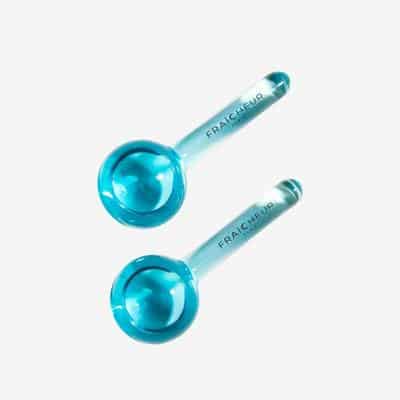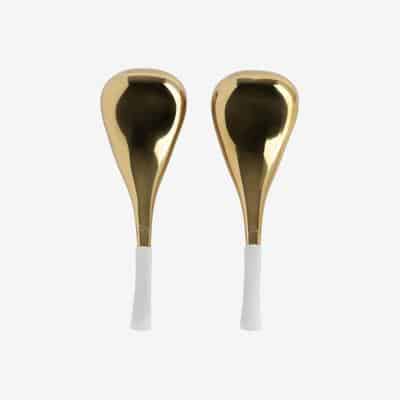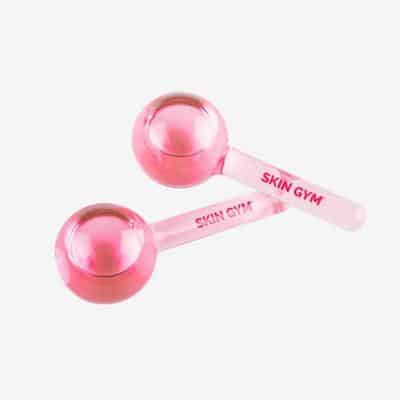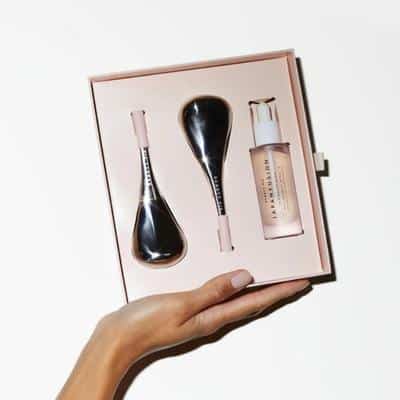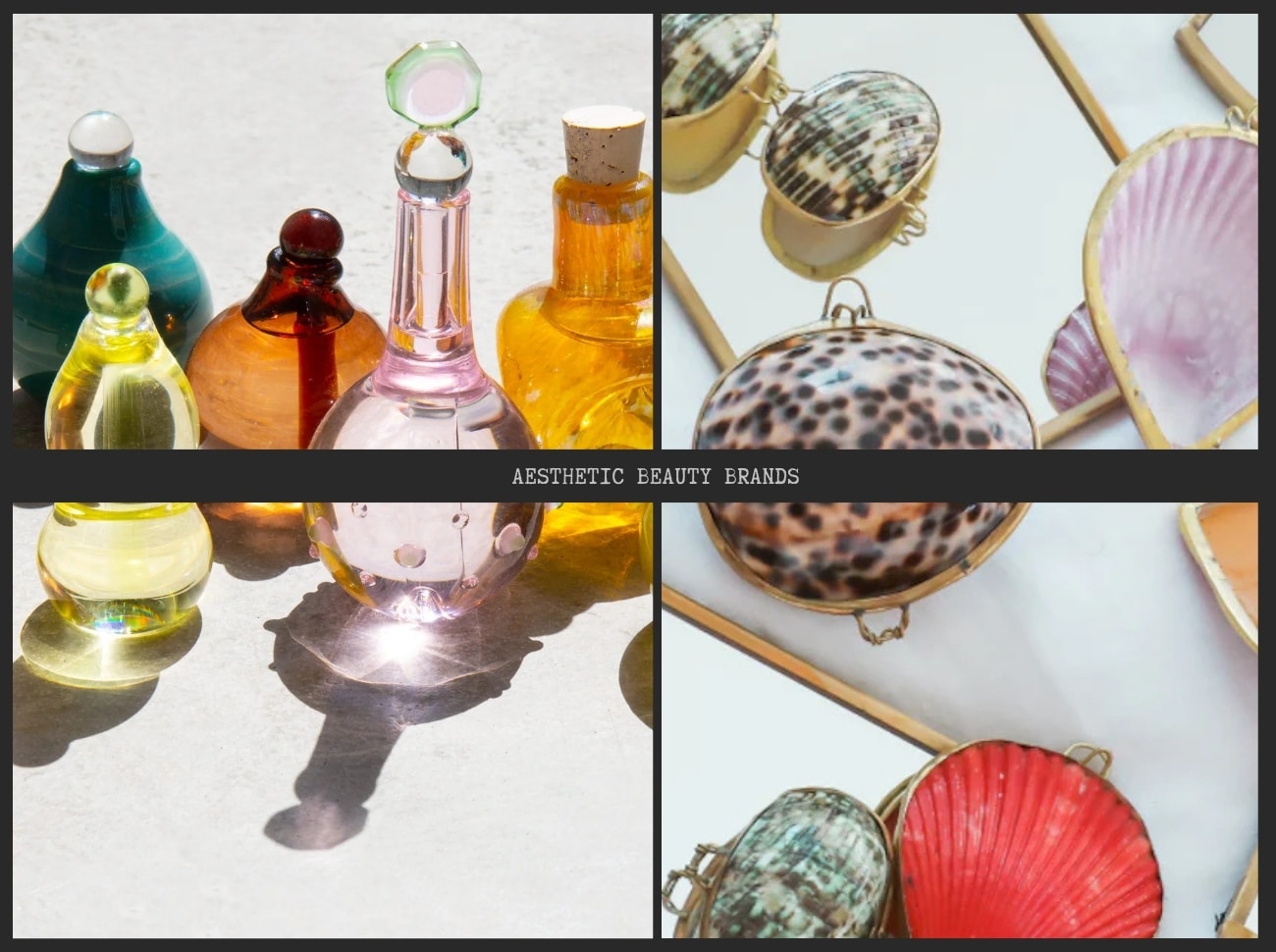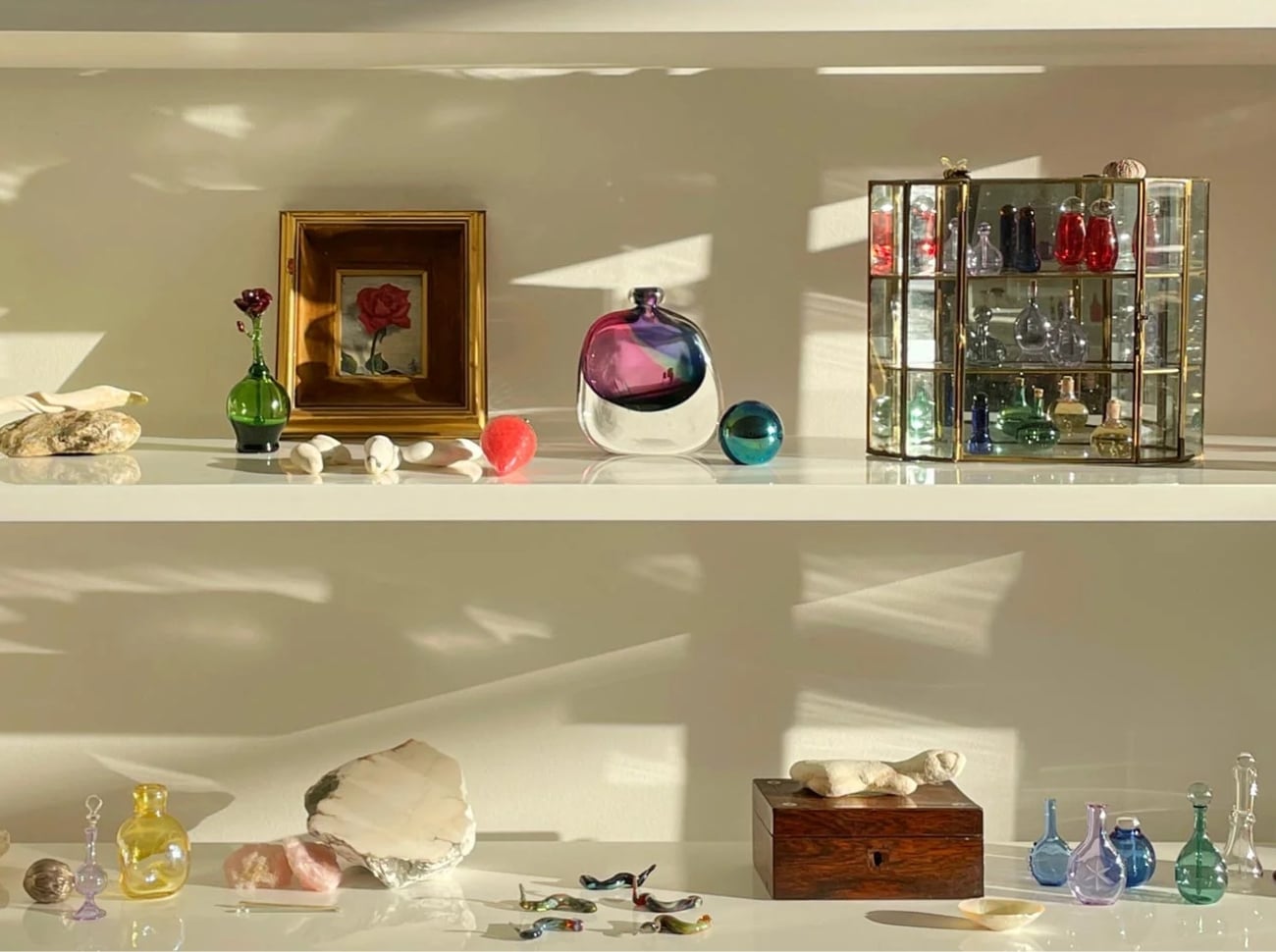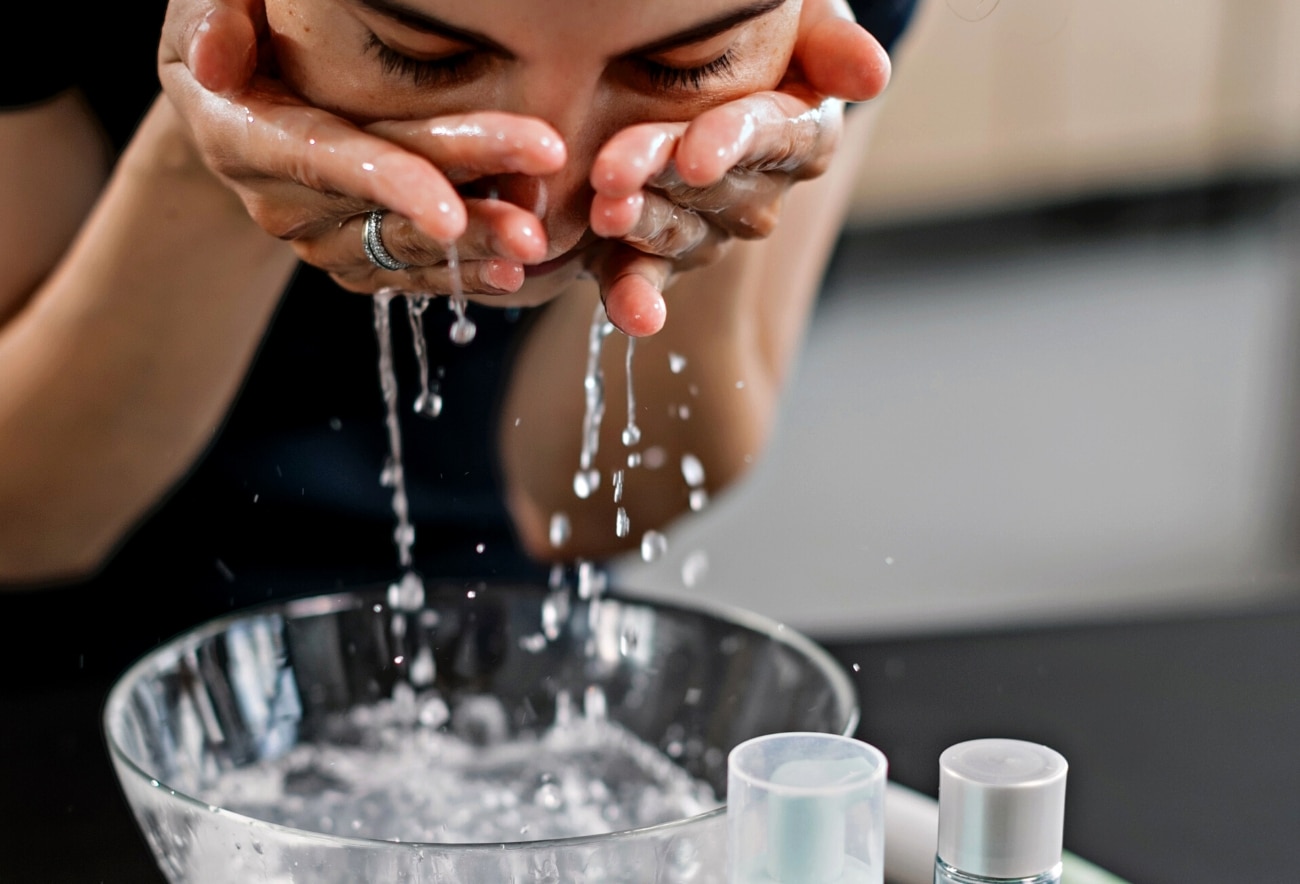
Tiktok Trend or Truth: Is Icing Your Face a Friend or Foe?
This article about skin icing is a part of our “Tiktok Trend or Truth” series where we consult with the experts to unpack viral beauty trends.
It all started when Bella Hadid showed Tiktok how she starts her morning routine by plunging her face into a bowl of ice cubes to get her effortless supermodel glow. Cue a viral trend the world over of people giving themselves an ice facial touting the miracle skin benefits.
While the “face-icing” trend was everywhere in 2022, icing your face to reap the beauty benefits is far from a new concept. In fact, the “face-icing” beauty hack has been around since old Hollywood with classic stars like Marilyn Monroe who credited ice water for her glow.
So, what are the potential skin benefits of facial icing and are there any setbacks? According to board certified dermatologist Aamna Adel, “while icing your face can temporarily depuff and reduce inflammation, it won’t clear acne, get rid of wrinkles, close pores, or lift and tighten the skin. It’s also important to keep in mind that direct application of an ice cube to the skin can increase your risk of frostbite, cold burns, and broken capillaries.”
Muneeb Shah of Fora Dermatology puts it plainly by stating, “there are really no long-term benefits to icing your face.”
What are the pros and cons of facial icing?
Pros
Improves blood flow for more glowing skin
Reduces puffiness under the eyes
Temporarily reduces inflammation
Cons
Risk broken capillaries
Risk frostbite
Risk cold burns
Myths
Clears acne
Reduces wrinkles
Closes pores
Lifts and Tightens the skin
The Verdict on Facial Icing
There are some temporary benefits to skin icing such as reducing puffiness around the face and under the eyes, reducing inflammation, and increasing blood flow for more glowing skin. However, by applying ice directly to the face, you risk broken capillaries, cold burns, or even frostbite, especially if you have sensitive skin.
How do you reap the benefits of facial icing without the risks?
When it comes to icing your face it doesn’t have to be all or nothing. A safer option than plunging your face in cold water or applying ice directly to the skin which exposes your face to extremely cold temperatures is to use a facial cooling globe or roller. Because these devices have a protective barrier, they aren’t such a shock to the face but are chilled enough to help reduce inflammation, reduce puffiness and dark circles, and promote blood circulation for more glowing skin. If you still wish to do an ice facial to reduce inflammation, be sure to wrap the ice in a cloth to avoid direct contact with the skin.
Bottom Line:
With a facial cooling globe or roller, you’ll reap all of the rewards of facial icing in your at-home facial routine with none of the risks.
Enjoyed this article? Uncommon and Curated is 100% independent and supported by its readers. You can help support our publication by shopping our curated collection below as we may receive a portion of sales for some items.
Shop The Story
Facial Icing Frequently Asked Questions
Is ice good for your face?
While there are many benefits to icing your face such as temporarily reducing inflammation, reducing puffiness and under-eye bags, as well as promoting blood flow for more glowing skin, it’s important to not put ice directly on the skin to avoid causing broken capillaries, cold burns, or even frostbite. Before applying ice to the face, wrap it in a thin towel to avoid direct contact or invest in facial cooling globes that will achieve the same benefits without the risks.
Can I use ice cubes on my face daily?
Using ice cubes on your face daily can potentially irritate and dry out your skin. Always be sure to wrap the ice cube in a cloth before applying it to the face or opt for facial cooling globes that are safe for everyday use.
How long should you ice your face?
You should ice your face for about 10-15 minutes to reap the full benefits. Be sure to wrap the ice in a cloth before applying directly to the face or invest in facial globes that are safe for everyday use. When icing your skin, it’s important to gently massage your face in a fluid motion and not stay in one area of the face for too long to avoid broken capillaries or cold burn.
What are the negative benefits of icing your face?
Icing your face with direct contact with the skin can cause redness and irritation, broken capillaries, cold burn, or even frostbite. It’s important to always use a cloth when applying ice to the skin, not stay in one area of the face for too long, or invest in facial cooling globes that will avoid these pitfalls.
Does ice tighten skin?
Putting a cold compress of any kind on the skin causes blood vessels to contract, temporarily reducing puffiness which gives the skin a tighter look. It’s important to note that this is only temporary and is not a long-term solution to tightening the skin.



